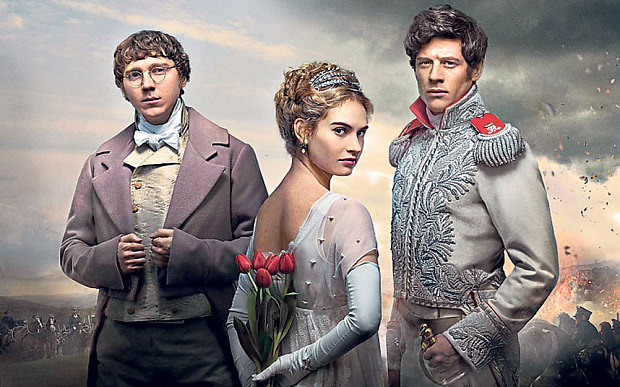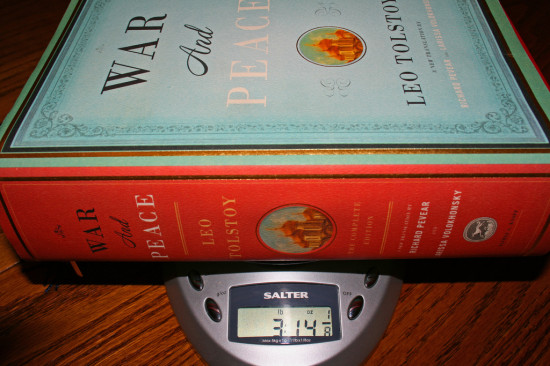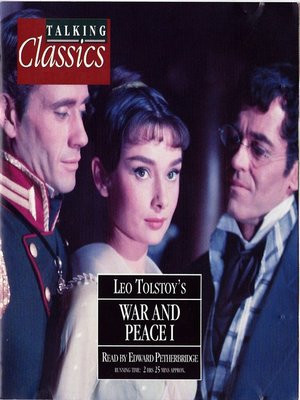

The photographs collectively portray a world rendered frictionless by the speed and ubiquity of American power and technology. Yet, there are virtually no images of actual combat. When not displaying pure, motive-less good intentions, the photographs also produce a celebration of the awesome power and sophistication of US military technology: jets flying in formation, shiny drones illuminated at night like alien UFOs, lines of massive ships at sea, etc. Female US soldiers have smiling close encounters with little girls, or cradle babies.


These photographs are intended to represent the US military as a humanitarian, charitable organization, working among many communities around the world that are populated by children who are only too happy to be vaccinated and to skip rope with US soldiers. This public engagement is carried out by the Pentagon with a belief that a major part of “the battle” is a “battle of the narrative,” one that takes place in the public’s “cognitive space,” in what is has been termed “Fourth Generation warfare”. The patterns to be found among these thousands of images is in fact quite regular, and makes a series of clear points. Rather than an activity that expresses the randomness of individual imaginations, US military photographs register a pattern that reflects the prevailing political norms of a given social order. Having said that, the analysis is not a quantitative one instead, the project builds on Pierre Bourdieu’s ideas about regulated images, consecrated works, and the objectification and codification of (militarized) values, as well as the works of a number of visual anthropologists. This chapter is based on a study of the US Department of Defense’s Flickr photostream, from 2009 through February of 2014, examining a total of 9,963 photographs (with some key examples reproduced in the chapter), and two dozen US military directives, manuals, and guides on public diplomacy, strategic communication, social media use, and photography.


 0 kommentar(er)
0 kommentar(er)
